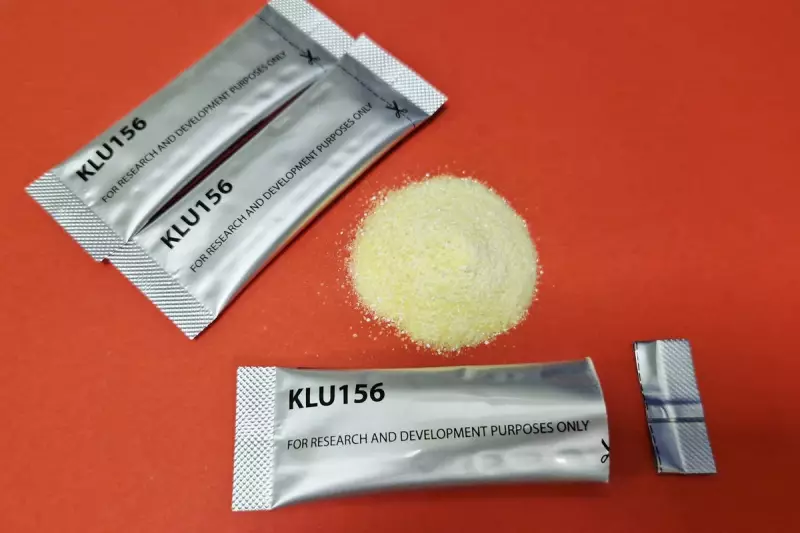
Scientists have unveiled two promising new approaches to combat malaria's escalating drug resistance, offering hope in the global fight against the mosquito-borne disease. The breakthroughs were announced at a major tropical medicine conference in Toronto this week.
Novartis Develops Next-Generation Treatment
Swiss pharmaceutical giant Novartis has revealed encouraging results for its experimental drug GanLum, described as a next-generation malaria treatment. The company conducted extensive trials across 12 African nations, demonstrating the drug's effectiveness against the malaria parasite while potentially blocking its transmission.
Dr David Sullivan, a malaria specialist from Johns Hopkins University, emphasised the urgent need for such innovations. He warned that growing resistance to existing treatments means "the ice is thinning" in malaria control efforts, highlighting concerns about the parasite's adaptability.
GanLum combines a novel compound called ganaplacide with the established medication lumefantrine. In studies involving approximately 1,700 participants across Africa, the treatment achieved an impressive cure rate exceeding 97%, slightly outperforming conventional artemisinin-based therapies.
Single-Dose Combination Shows Promise
Meanwhile, another research team has made progress toward a much-needed single-dose solution. Dr Ghyslain Mombo-Ngoma led a study in Gabon testing a combination of four readily available malaria medications administered in one dose.
The research, conducted between May 2024 and October 2025, treated over 1,000 malaria patients with non-life-threatening symptoms. Results showed that 93% of patients receiving the single-dose treatment were parasite-free after 28 days, compared to 90% following the standard three-day course.
This approach addresses a critical challenge in malaria treatment: ensuring patients complete their medication. Current estimates suggest a third or more of malaria patients fail to finish the standard three-day treatment, often stopping when symptoms improve after one or two doses.
The Growing Threat of Drug Resistance
Malaria remains a formidable global health challenge, particularly in tropical and subtropical regions. The disease, transmitted through mosquito bites, causes fever, chills and flu-like symptoms that can progress to severe complications and death without proper treatment.
Children in sub-Saharan Africa bear the heaviest burden, accounting for the majority of malaria-related fatalities in recent years. The medical battle against malaria has seen repeated cycles of progress and setback as the parasite consistently develops resistance to new drugs.
At the turn of the century, widespread resistance to chloroquine contributed to more than 1.8 million annual malaria deaths. The subsequent introduction of artemisinin-based treatments brought significant improvements, but recent signs of partial resistance have caused concern among health experts.
Dr Andrea Bosman of the World Health Organization noted that these new treatment approaches could complement existing prevention methods like mosquito nets and vaccines. However, he expressed concern that reductions in funding from the United States and other sources could hamper efforts to monitor drug resistance and distribute treatments to affected communities.
Novartis officials confirmed they are pursuing regulatory approvals for GanLum, with hopes to make the treatment available to patients within 18 months. George Jagoe of the Medicines for Malaria Venture, which collaborated on the project, emphasised the importance of these developments in the ongoing fight against a disease that continues to evolve and challenge global health systems.





